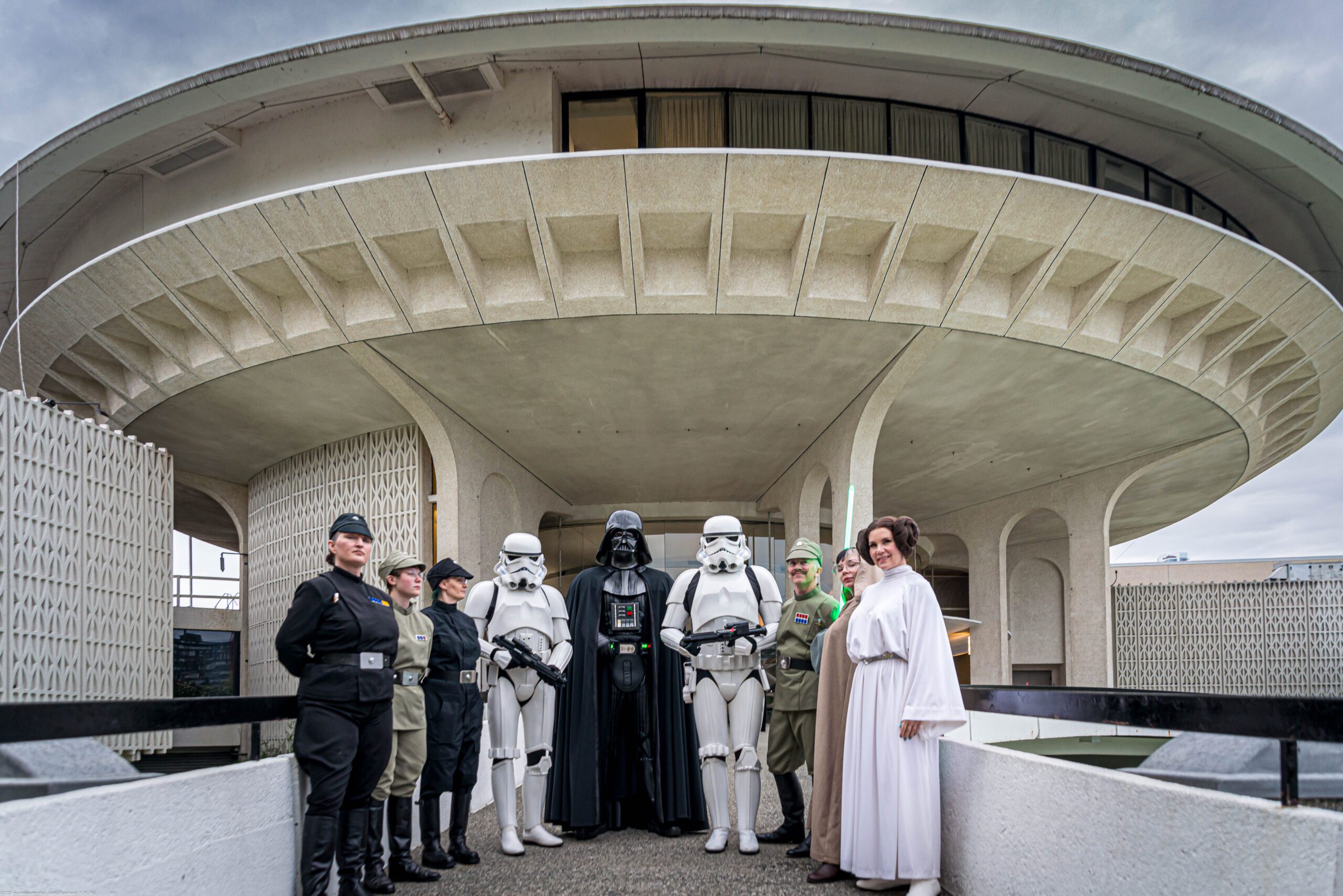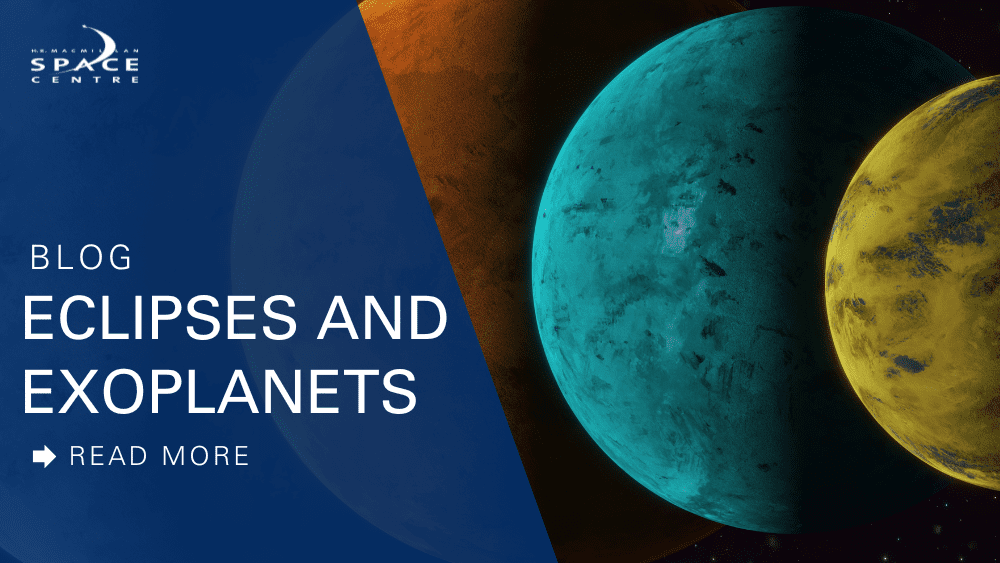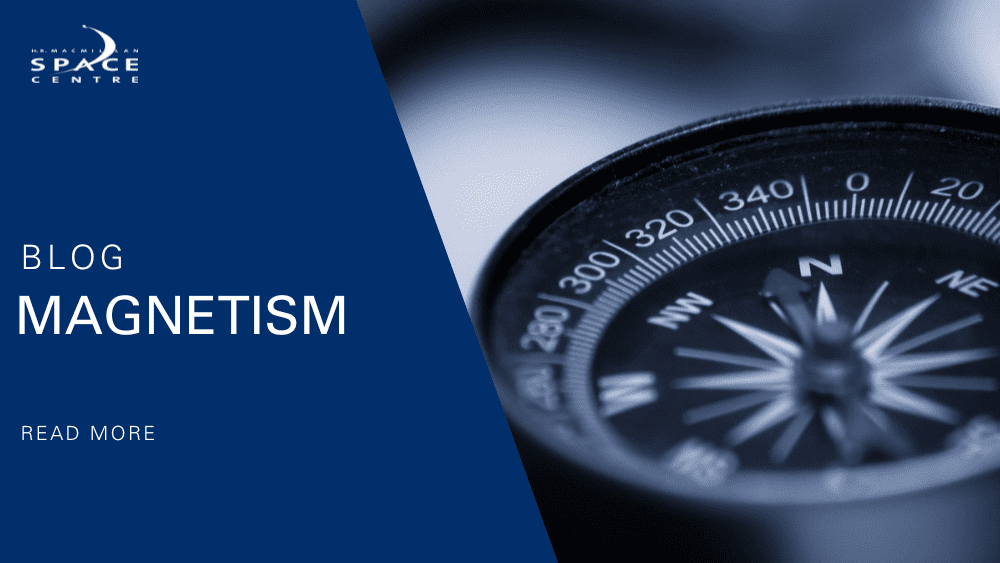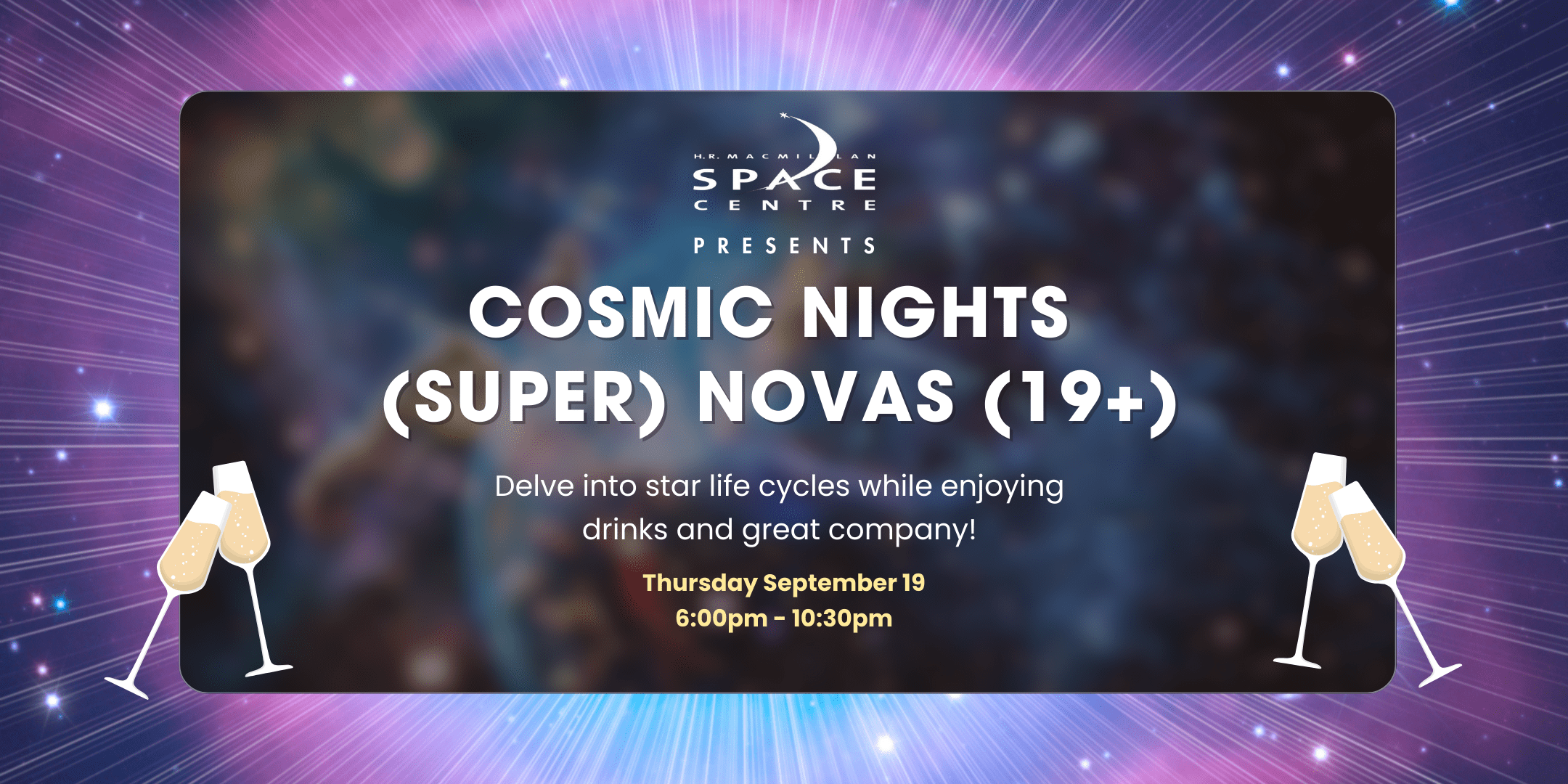Author: HR MacMillan Space Centre
-
Cosmic Creators: The Styrogirls and the Art of Imagination

What do Star Wars, scavenger hunts, and giant foam creatures have in common? The Styrogirls, of course. Earlier this month, we had the absolute pleasure of collaborating with the Styrogirls for our May the Fourth Be With You event, where they turned our Cosmic Courtyard into a whimsical sci-fi wonderland. Their larger-than-life Styrofoam creations popped…
-
The Journey of Awakening: Living Essence

Journey of Awakening Storytelling Series – Living Essence Event On a serene evening under the celestial dome of the H.R. MacMillan Space Centre, we gathered for “The Journey of Awakening Storytelling Series – Living Essence,” an event transcending boundaries to celebrate the harmony between ancestral wisdom, modern spirituality, and creative expression. With a lineup of…
-
BRIGHT LIGHTS: A Space Drag Extravaganza!

BRIGHT LIGHTS: A SPACE DRAG EXTRAVAGANZA! What an incredible night it was at the H.R. MacMillan Space Centre for Bright Lights! We celebrated an unforgettable evening of drag performances and cosmic wonder, blending the glamour of drag with the awe-inspiring beauty of space. Stellar Performances: Rose Butch (@rose.butch) brought fierce and unforgettable acts that dazzled…
-
Understanding Spectra

Understanding Spectra July, 2024 Hi, I’m Marley, the Astronomer here at the Space Centre. In September, we will debut the film 5000 Eyes: Mapping the Universe with DESI. 5000 Eyes is about the Dark Energy Spectroscopic Instrument (DESI) mounted on the Mayall Telescope that will help scientists understand dark energy. In order to accomplish this,…
-
From the Outer Rim to Our Dome: ‘May the Fourth’ at the Space Centre

Relive the excitement of the Space Centre’s ‘May the Fourth Be With You’ event with our blog recap!
-
Eclipses and Exoplanets

Discover how exoplanets are related to an event that captured the attention of people on Earth around the globe.
-
Space Centre Names New Director

The H.R. MacMillan Space Centre Society is excited to announce that Lorraine Lowe will be taking over as its new Executive Director.
-
Magnetism

MAGNETISM Happy New Year! I’m Marley, the astronomer here at the Space Centre. For January and February, our special events will centre on the idea of magnetism. When you think about magnetism, you probably first think about a physical magnet like one you would put on your fridge, or maybe the North and South Poles…

